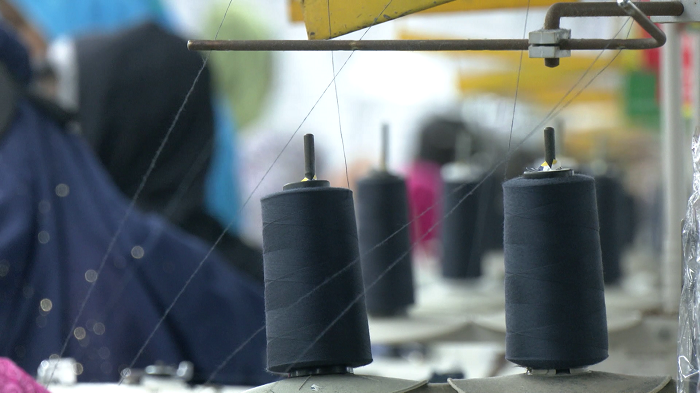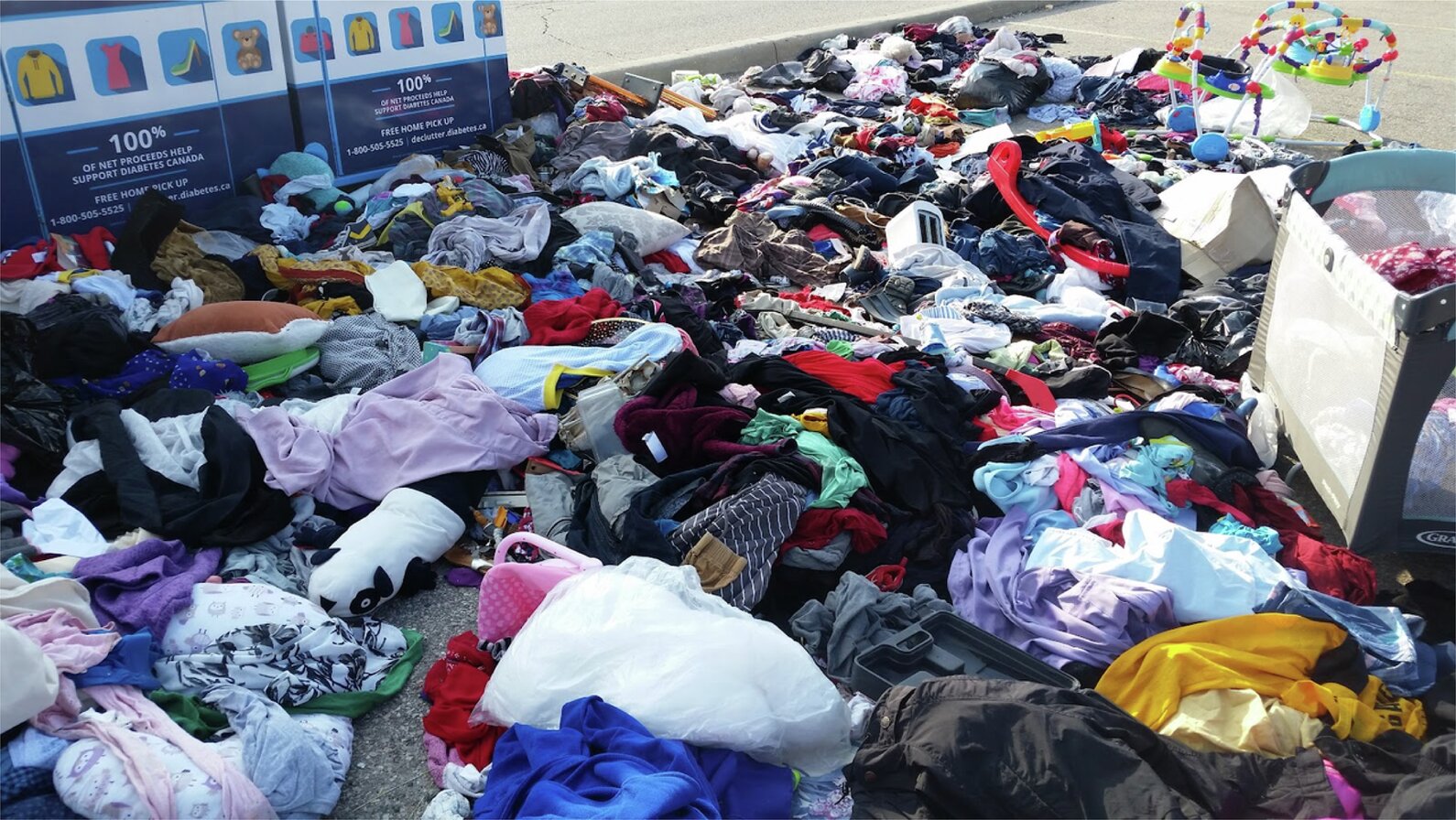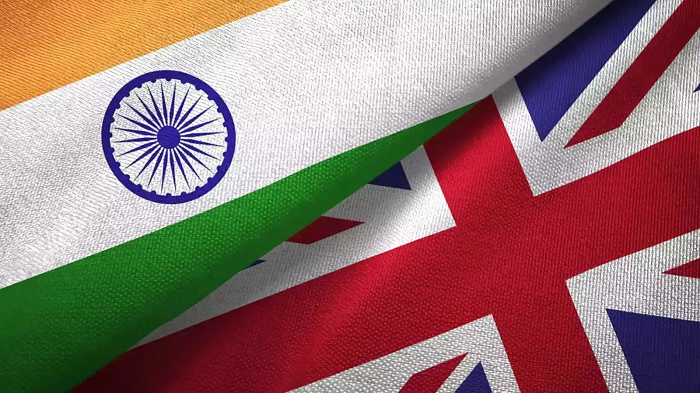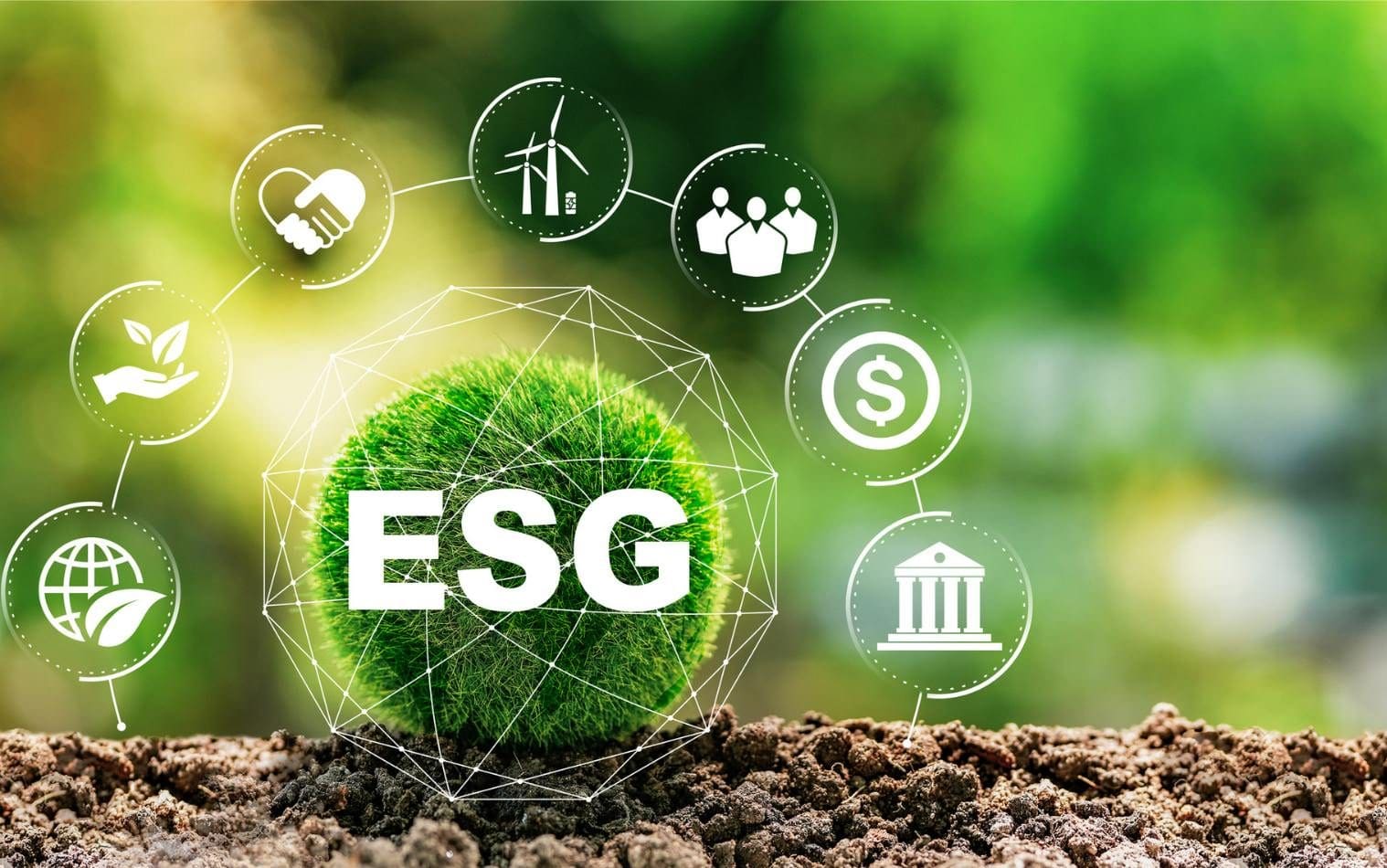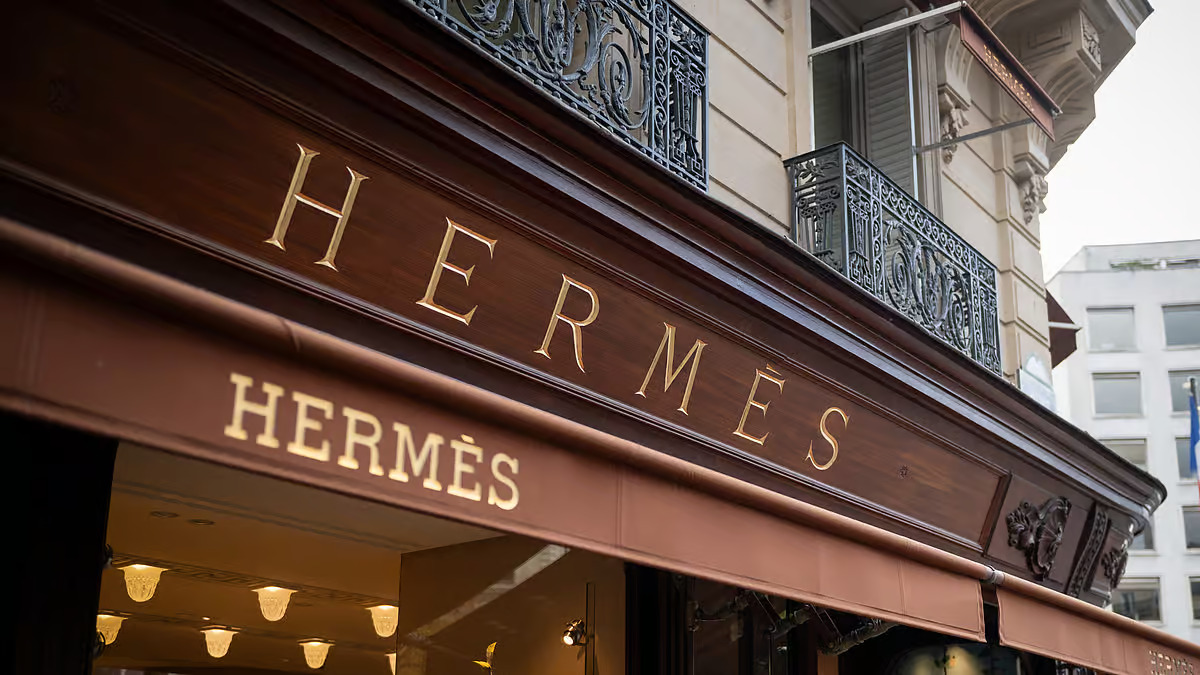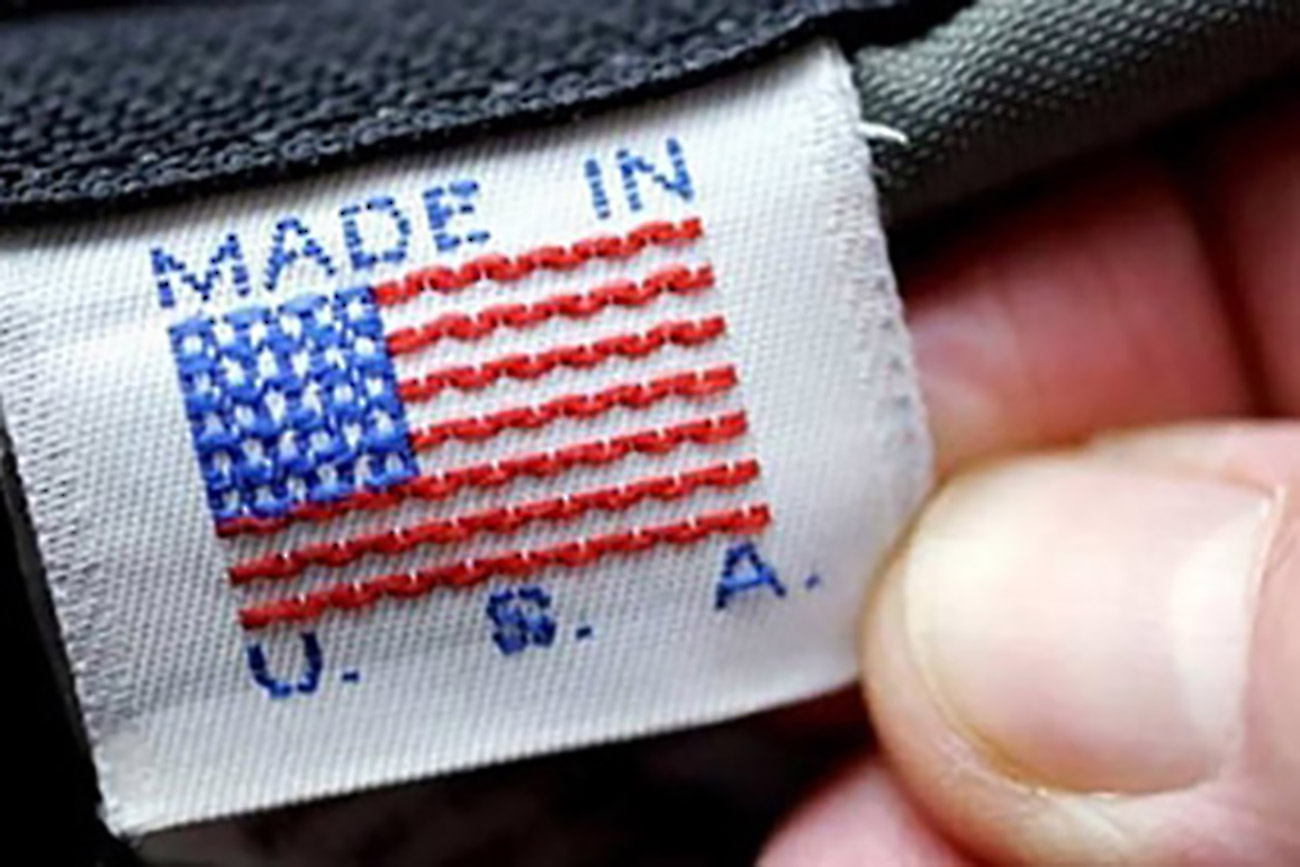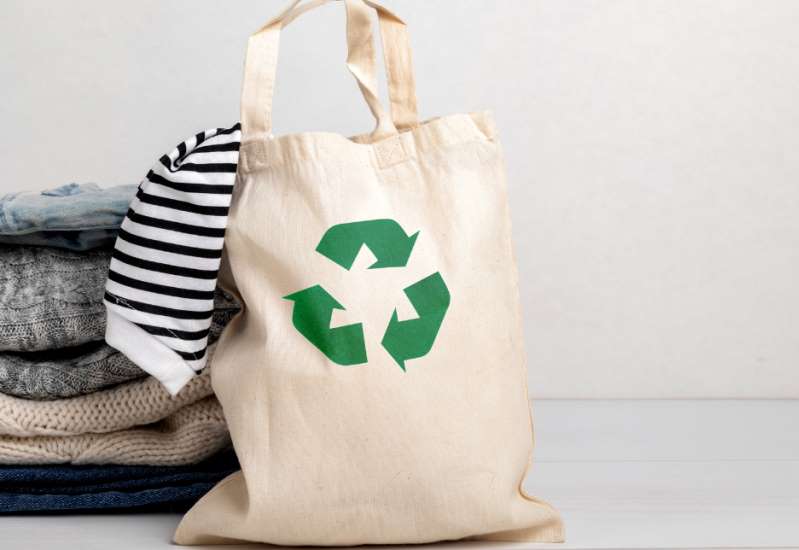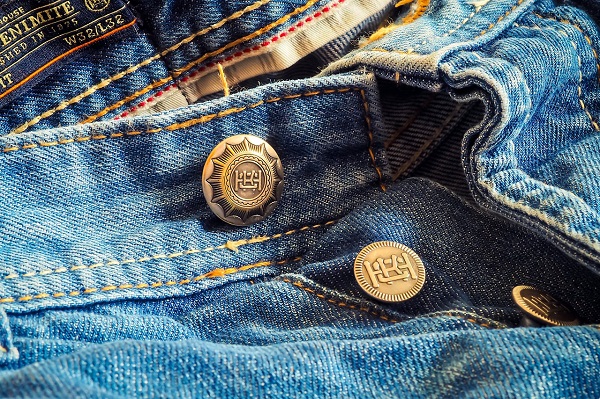
Recycling textiles through sophisticated industrial processes in the apparel segment is now a thing and it’s not easy. It’s now more of an obligation rather than a choice for EU countries to collect and sort their used textiles so that there is less wastage in the apparel segment as a whole. It’s still a niche yet essential segment with the USP of being environmentally friendly. However, there is no sure fire way to ensure the quality of fibres used and blending ratios of the chemicals used in dyes, prints and other variables does not hinder the recycling process or lower its efficiency to make it unpractical in the long run.
A report by the European Commission’s Joint Research Centre 2021 has pointed out around 4-6 per cent of the EU’s overall environmental footprint can be traced back to textiles. To address this issue further, in March 2022 an EU strategy for sustainable textiles pointed out that the recycling rates for textiles are currently rather low, with 1.7 to 2.1 million tonnes of used textiles collected annually throughout the EU while the majority of the remaining 3.3 to 3.7 million tonnes will probably be got rid off in mixed household waste.
Eco-design regulations make recycling easier
Under the new recycling process using sophisticated techniques, the EU market textile segment would need to be more durable, easier to mend and reuse and have a longer life-cycle by ecycling the materials they contain into new high-quality products that can be sold again. Improving design elements at the first manufacturing stage itself with newer and higher standards under the EU’s eco-design regulations will make life easier for the recycling industry. The EU Strategy for Sustainable and Circular Textiles is determined that in just eight years, by 2030, most textile products on the EU market will be durable and have a longer shelf life without hazardous substances and tick all the right boxes in protecting the environment and social rights.
“The incorporation of minimum amounts of recycled fibres in new textile products is quite promising. There are different ISO standards out there, but for recyclability, not yet,” points out Valérie Boiten, senior policy officer at Ellen MacArthur Foundation, a charitable organization for accelerating the transition to a circular economy in an interview with EURACTIV. Talking about the EU Textile Regulations Boiten goes on to explain, some might look at garments, some might look at garments and shoes, some might look at all possible textiles without really defining what a textile is. However, there’s already an issue where there is no EU-wide definition of textiles and what products fall under textile.
EU Waste Framework Directives on a high drive
The textile recycling segment will be helped by a policy big bang revision with the new EU Waste Framework Directive for waste collection and recycling targets starting in 2025, which will require all EU countries to establish systems for the separate collection of textile waste. However, now there are no immediate targets for collection and no obligation for member states to report, with only 13 EU countries currently doing some reporting. Even among these, only Austria, France, and the Belgian region of Flanders and Italy report annually on post-consumer textile collection while the others only map them once or twice over the past decade usually with the help of non-governmental bodies. France however, has shown the way in this respect way back in 2007, it became the first EU country to introduce an EPR scheme holding producers of textiles, household linen and footwear responsible for the collection and recycling of their products.
The long-term vision for consumers to benefit from high-tech yet affordable textiles and for manufacturers to take responsibility for their products along the value chain is now inching more towards reality than a dream.

